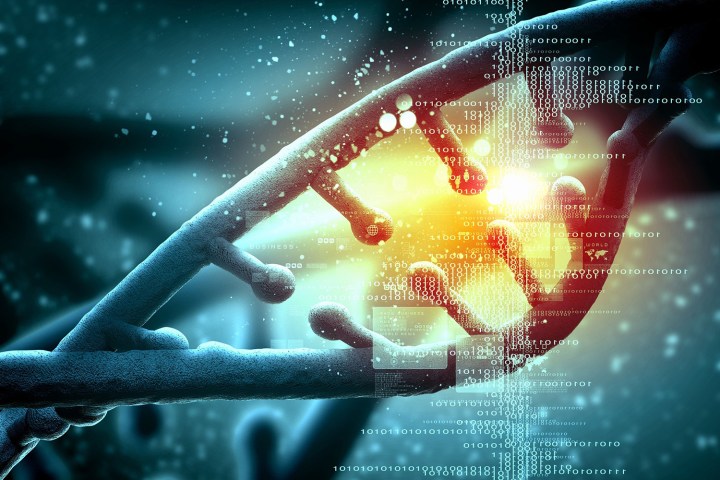
If CRISPR (clustered regularly interspaced short palindronic repeats) wasn’t already exciting enough, however, it could be about to become even more of a highly prized tool in the hands of researchers. At McGill University in Montreal, researchers in Uri David Akavia’s team have demonstrated CRISPR’s best success rate yet: managing to repair mutations in 90 percent of target cells.
That is particularly significant because, while CRISPR is very good at disabling certain genes (in one recent experiment it was able to disable the defective gene that triggers ALS in mice), it is much harder to use CRISPR to fix genes. This approach, which usually works in under 10 percent of target cells, involves replacing a faulty DNA with another working sequence. Until now, the highest success rate was 60 percent, meaning that the McGill University team has performed significantly better.
In order to increase the efficiency of the CRISPR technique, Akavia’s team physically linked the replacement DNA with the CRISPR protein which finds and removes the faulty sequence, as well as using a polymer called polyethyleneimine to directly target the nucleus of the cells — thereby reducing waste.
Going forward, the technique could conceivably be used for treating or eliminating entirely all inherited diseases. This is something previous CRISPR work has sought to do but could be revolutionized by this more successful approach. However, before too many champagne corks are popped, the team will need to demonstrate efficacy on a wide range of cells to show that their approach is versatile and repeatable under different conditions. We’ll keep our fingers firmly crossed!
“Our approach offers a cost-effective, simple and broadly applicable editing method, thereby expanding the CRISPR/Cas9 genome editing toolbox,” the researchers note in a paper describing the work. The research paper is available to read on biological sciences online repository, bioRxiv.
Editors' Recommendations
- Edit, undo: Temporary gene editing could help solve the mosquito problem
- Florida will release gene-edited mosquitoes into the wild, despite outcry
- CRISPR gene editing could help stop a common poultry virus in its tracks
- IKEA’s augmented reality app just got a whole lot more clever
- CRISPR gene editing to take on inherited blindness in U.S. study


